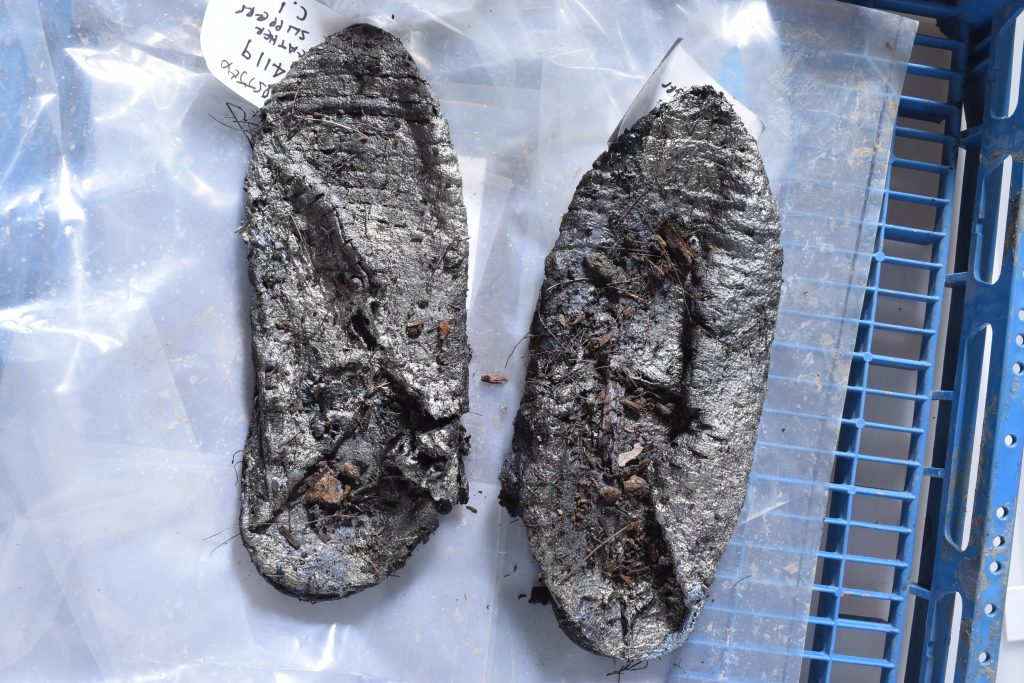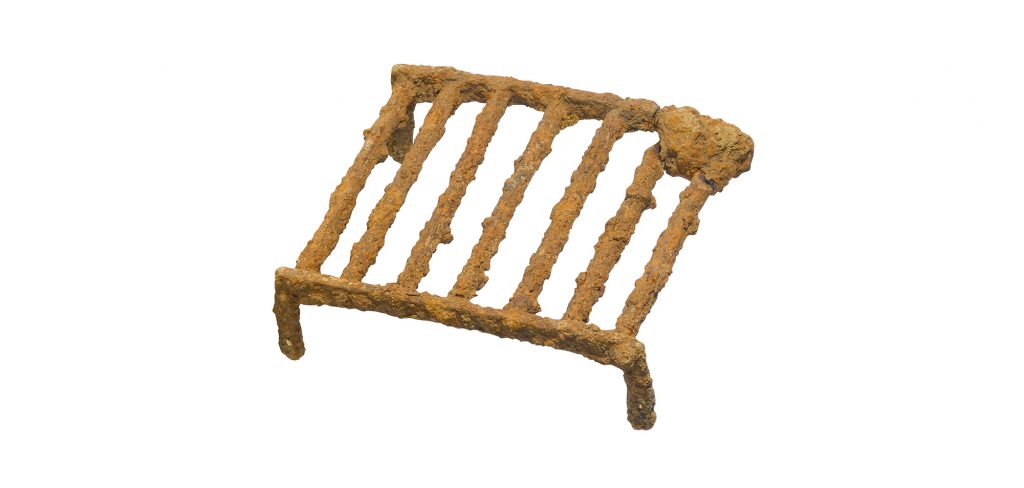
MOLA Headland Registered Finds Specialist, Owen Humphreys, explores what a Roman gridiron can tell us about cooking technology in Roman Cambridgeshire. One of the largest ‘smallfinds’ from the A14 excavations is a complete Roman gridiron, found deposited in a ditch. Known as a craticula in Latin, gridirons like this were…
Read Article
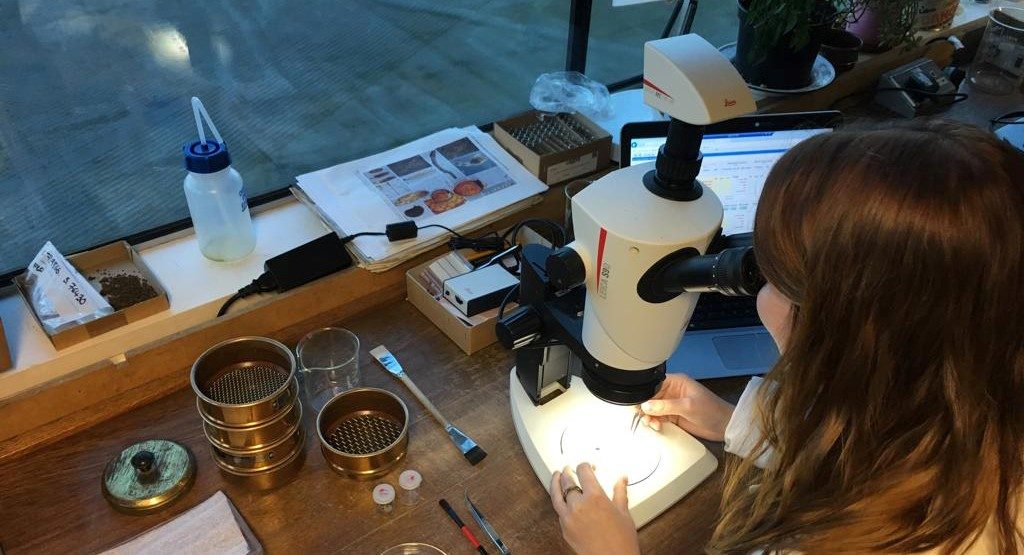
Archaeobotanical remains, from prehistory to the post-medieval period have been uncovered along the A14 Cambridge to Huntingdon improvement scheme. We know that cereal crops such as wheat and barley were staple plant-based foods at ancient settlements and sites along the route, and we uncovered the earliest physical evidence of the…
Read Article
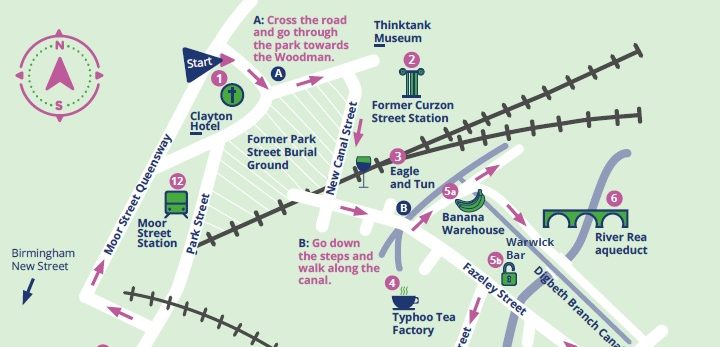
As archaeological excavations of Park Street burial ground for HS2 come to a close, MOLA Headland Community Engagement Officer, Andy Sherman, explores the hidden historical treasures of the immediate area in this blog. If you’d like to explore the often-forgotten gems of Digbeth for yourself, then download our self-guided walking…
Read Article
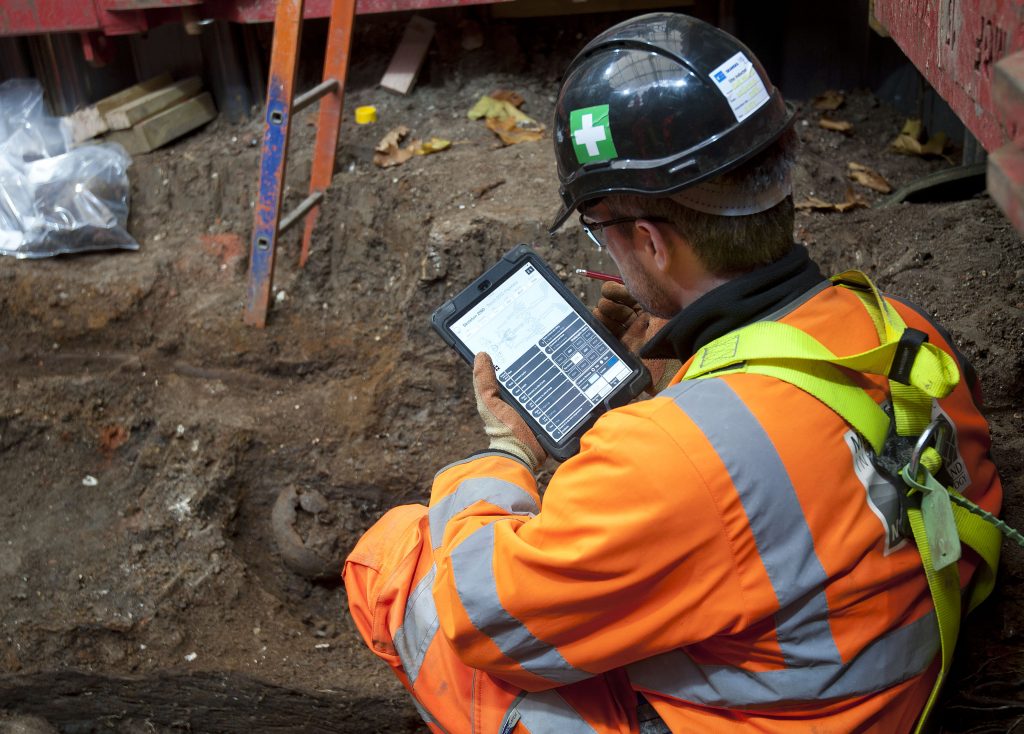
Yesterday evening, the team behind the St James’s burial ground excavation for HS2, celebrated at construction industry awards, the CN Awards, as finalists in the category Best Use of Technology. The multi-disciplinary team – made up of archaeologists from MOLA Headland, expert engineers, archaeologists and construction professionals from Costain Skanska…
Read Article
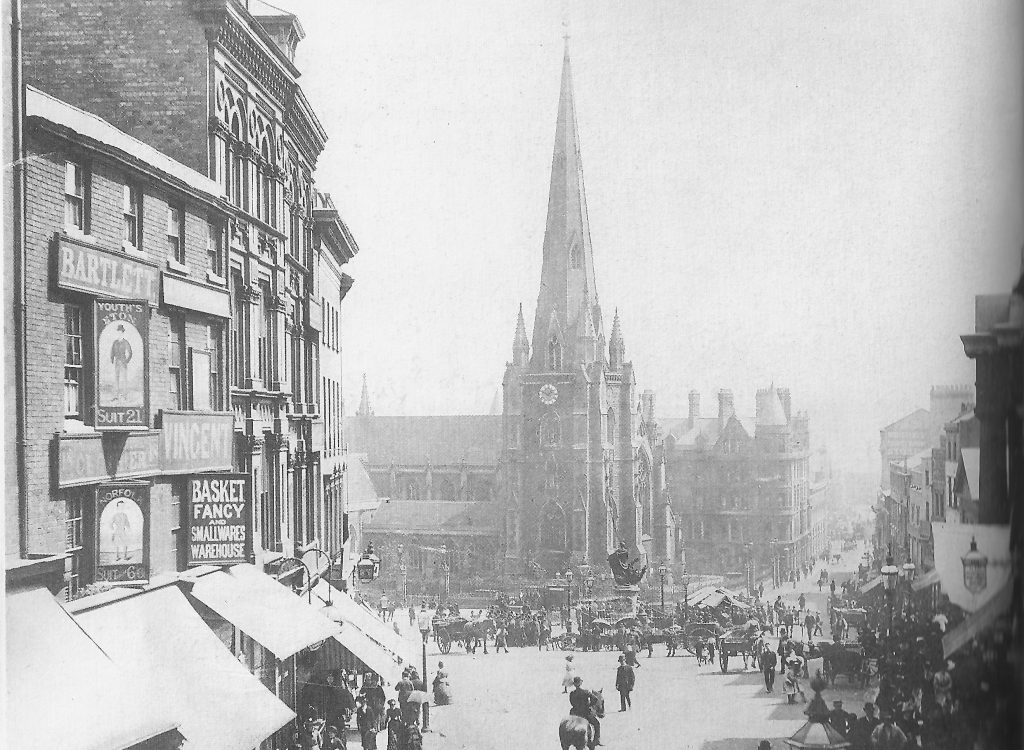
Josephine Adams is a historical researcher and specialist in burials in 19th century Birmingham. In this blog she explores past excavations in Birmingham and the potential of the Park Street burial ground excavations, being undertaken by MOLA Headland on behalf of LM for the HS2 project, to allow a better…
Read Article

Across the scheme we’ve uncovered items which relate to Anglo-Saxon clothing and textile production, sometimes in small amounts, and sometimes in larger, more concentrated amounts. In this blog, MOLA Headland finds expert Lyn Blackmore comments on the evidence we have so far… Q: To make clothes, Anglo-Saxons would first have…
Read Article

Robert Hartle, Senior Archaeologist for MOLA Headland Infrastructure is currently working on the archaeological excavation of the 18th and 19th century St James’s burial ground at Euston for Costain Skanska Joint Venture (CSjv) on behalf of HS2. In this blog Robert delves into the burial ground’s artistic connections and what…
Read Article
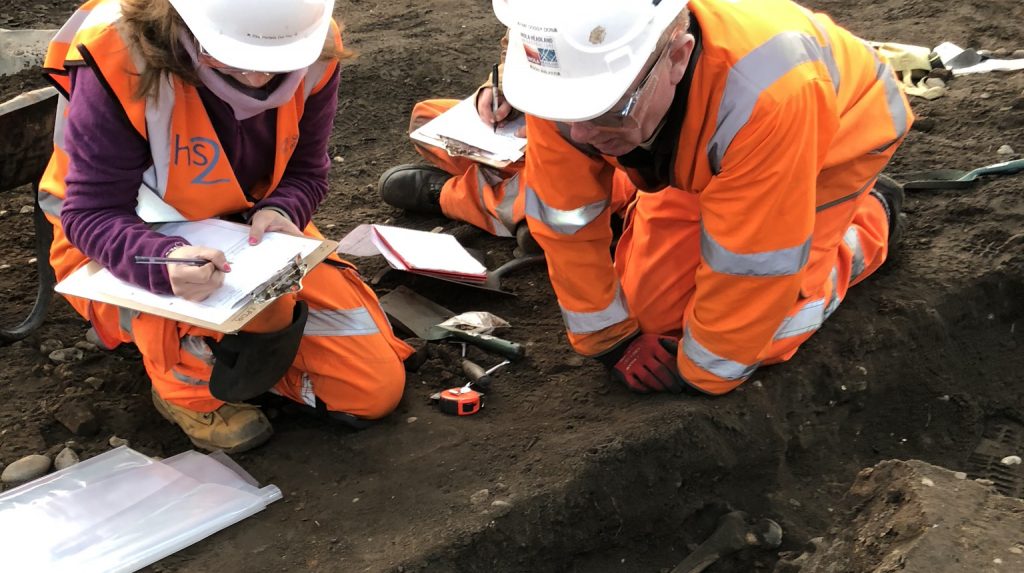
Don Walker is one of the Senior Osteologists undertaking archaeological excavation and research at Park Street burial ground on behalf of LM for HS2. In this blog he explores what happens on site and what we can learn from excavating and assessing human remains. Archaeologists undertaking burial ground excavations take…
Read Article
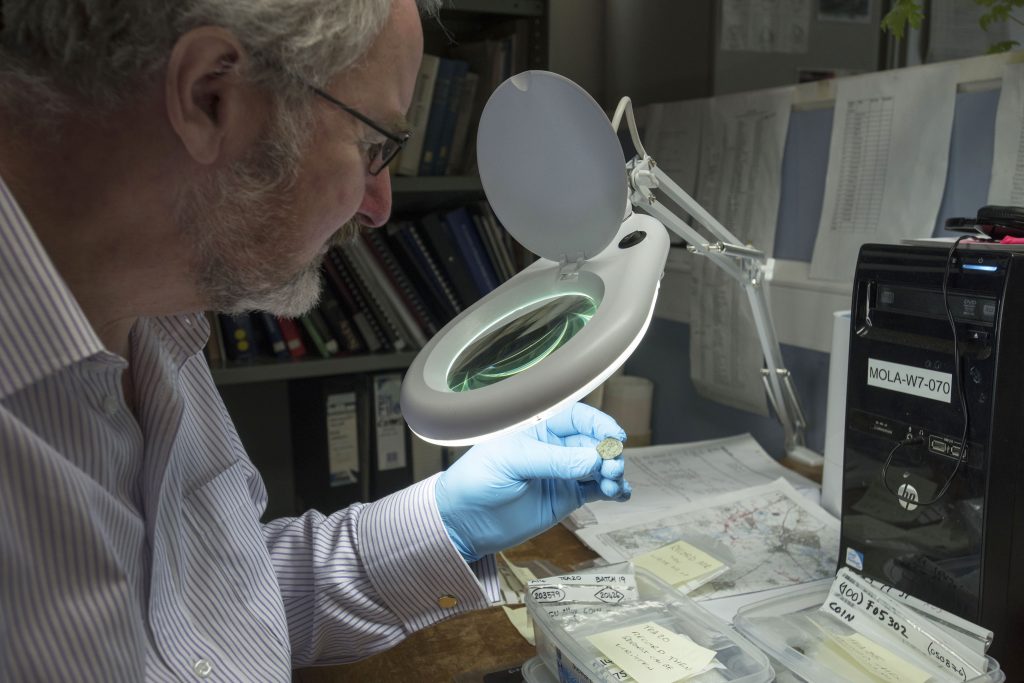
In the last #A14Archaeology blog, we looked at Iron Age coins in Cambridgeshire and found out from our numismatist, Julian Bowsher, about the significance of one particular Iron Age coin discovered along the route. In this blog, we’re taking a closer look at a rare coin with a more dramatic tale…
Read Article
